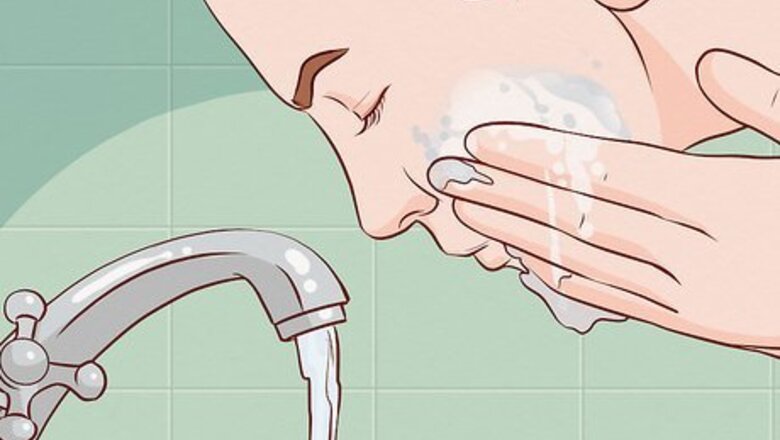
views
Applying Face Cream
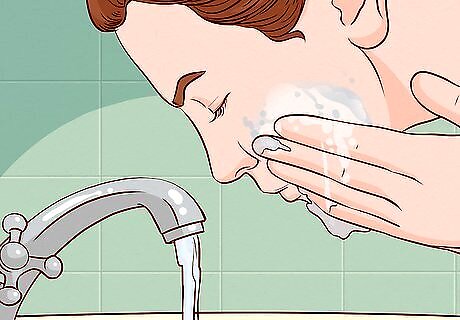
Start with a clean face and hands. Wash your face with lukewarm water and a face cleaner suitable for your skin type. Splash your face with cold water and gently pat it dry with a soft towel. Moisturizers prevent your skin from losing water throughout the day, so the cream will be the most effective after you wash your face.
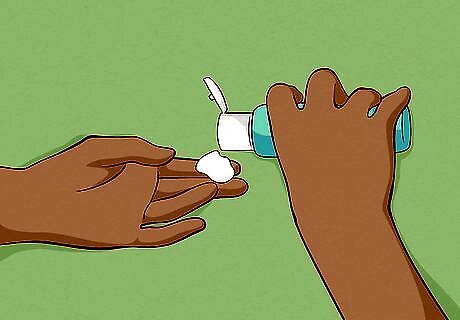
Consider applying some toner with a cotton ball or cotton pad. The toner will help restore your skin's pH. It will also help tighten the pores. This is especially important if you plan on wearing makeup later. If you have dry or sensitive skin, opt for an alcohol-free toner.

Apply eye cream first, if you are using any. Place a tiny amount onto your ring finger, and gently dab the cream under your eyes. Avoid pulling on the skin under your eyes. The ring finger is the weakest finger, making it ideal for the delicate skin under your eyes.

Squeeze out a pea-sized amount of face cream onto the back of your hand. Don't worry if you squeezed out too little. A little bit often goes a long way. You can always apply more later, if necessary. If the cream comes in a jar, then scoop out a small amount using a small spoon or scoop. This will prevent your fingers from contaminating the product inside the jar. You can find scoops at most beauty supply stores.
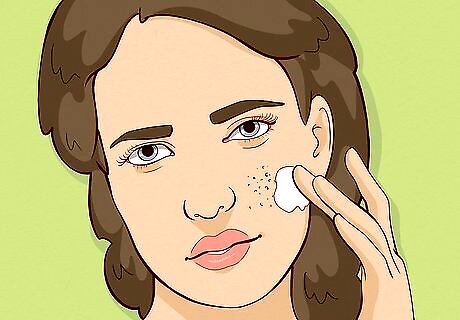
Start applying the cream to your face. Dab the cream onto your face in small dots. Focus on trouble areas, such as the cheeks and forehead. Avoid areas that tend to get very oily, such as the creases to either side of your nostrils. If you have combination skin, focus more on the dry areas and less on the oily areas.
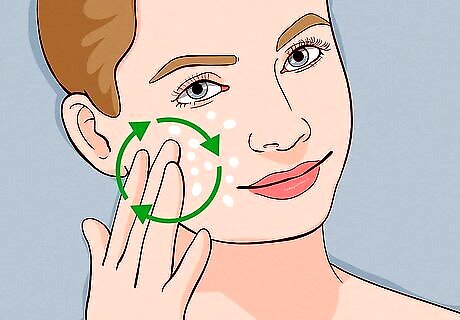
Blend the face cream in using your fingers. Gently massage the cream into your skin using small, upward, circular motions. Never drag downward on your skin. Be sure to leave a ½ inch (1.27 centimeter) margin around your eyes. Most face creams are not suitable for the delicate, sensitive skin around your eyes.
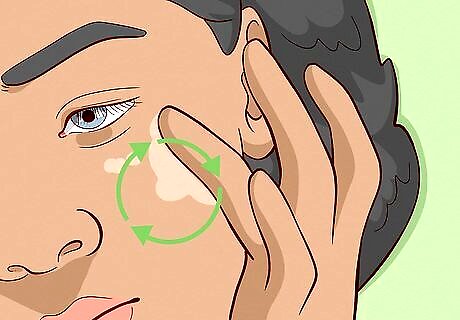
Apply more cream, if necessary. Look over your face. If there are any bare patches on your face, apply a little bit more cream. Don't slather the cream on, however; more cream is not necessarily better or more effective.

Consider applying some face cream to your neck. Many people tend to forget this area. The skin on your neck is delicate, and tends to age the fastest. It needs some attention as well.

Dab off any excess cream using a tissue. Look over your face carefully. If you notice any clumps or lumps of cream, gently dab those off using a tissue. This is excess cream.

Wait for your skin to absorb the cream before getting dressed or putting on makeup. During this time, you can do your hair or brush your teeth. You can also start putting on your lower garments, such as underwear, socks, pants, and skirts. This way, you won't risk rubbing off your face cream and getting it on everything else.
Choosing a Face Cream
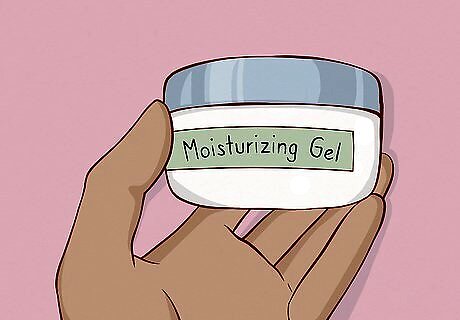
Pay attention to the season. Your skin might change as the seasons go by. For example, it might be more dry in the winter and more oily during the summer. As such, the face cream that you use in the winter might not be suitable during the summer. It might be a good idea to switch your face creams out with the seasons. If your skin is dry, especially during the winter, opt for a richer, moisturizing face cream. If your skin is oily, especially during the summer, opt for a light-weight face cream or moisturizing gel.
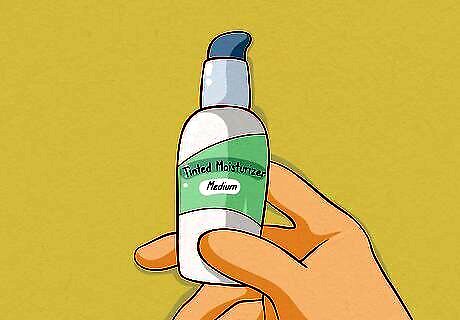
Consider using a tinted moisturizer. This is great for those who wish to even out their skin tone but don't want to wear makeup. Choose a moisturizer that matches your skin type and skin tone. Most tinted moisturizers come in three basic skin tones: light, medium, and dark. Some companies might offer a wider range of skin tones. If you tend to have oily skin, consider getting a tinted moisturizer with a matte finish. If you tend to have dull or dry skin, consider getting a tinted moisturizer with a dewy or luminizing finish. This is also great for giving any skin type that healthy glow during the winter months.
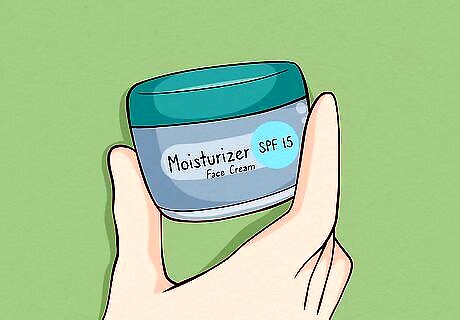
Consider getting a face cream with SPF. Sunlight provides lots of vitamin D, which is essential for skin health; however, too much sunlight can also cause wrinkles and other skin damage. Protect your skin by wearing a face cream with some SPF in it. You will not only be moisturizing your skin, but protecting it from the sun's harmful rays as well.
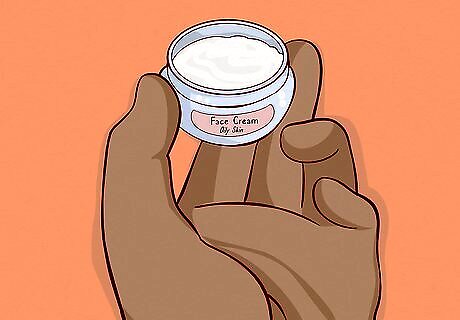
Know that even oily skin needs face cream. If you have oily skin or acne, you might still want to use some sort of face cream or moisturizer. If your skin becomes too dry, it will produce even more oil. A face cream will keep this from happening. Here are some things you should look for: Look for face creams that say they are meant for oily skin (or acne) on the label. Opt for a light-weight, moisturizing gel instead. Consider getting a matte-finish cream. It will help reduce shine and make your skin appear less oily.
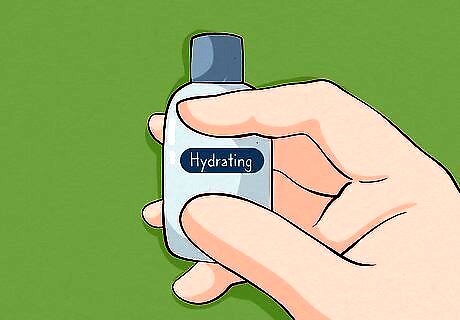
Choose rich, hydrating creams if you have dry skin. Look for products that say they are intended for dry skin. If you can't find any, then look for labels that say "hydrating" or "moisturizing."

Look for gentle creams if you have sensitive skin. Read the labels carefully, and avoid buying anything that has too many chemicals; many of these chemicals can be problematic for sensitive skin types. Consider instead creams that have soothing ingredients, such as aloe or calendula.




















Comments
0 comment